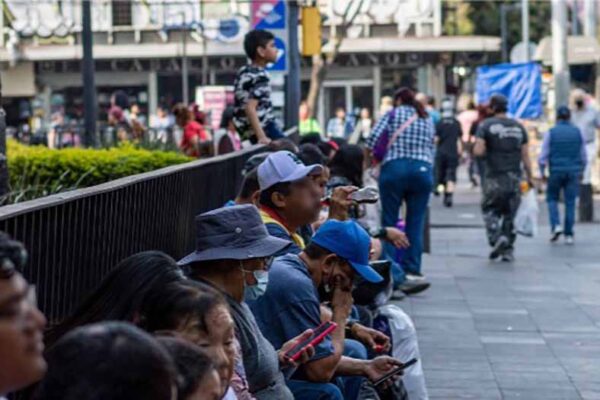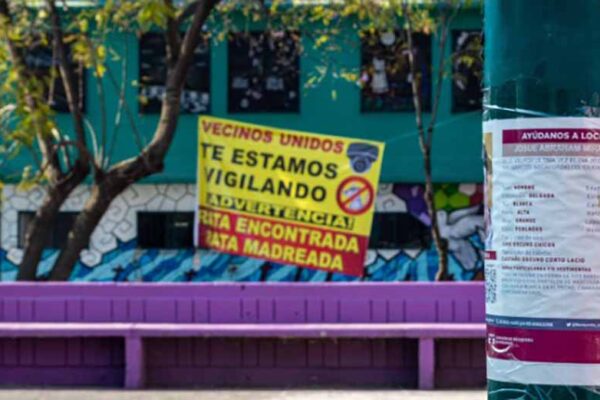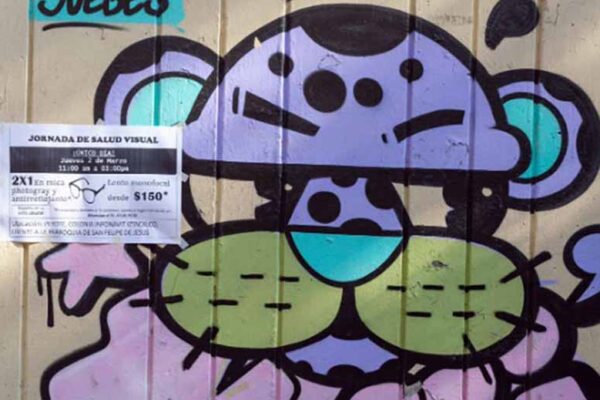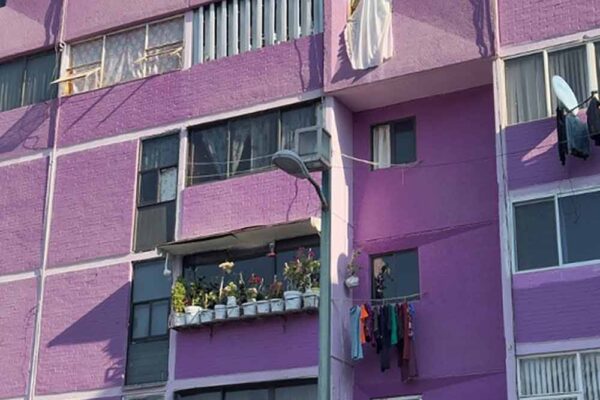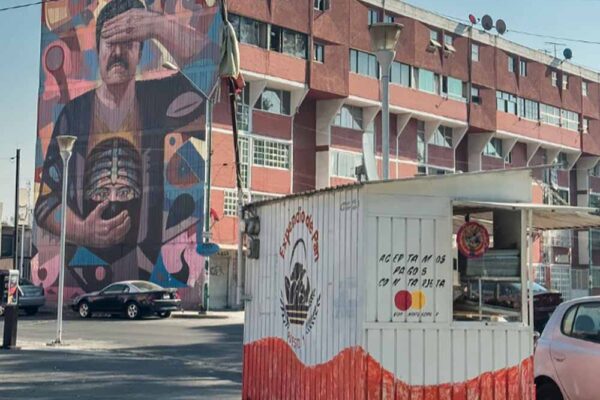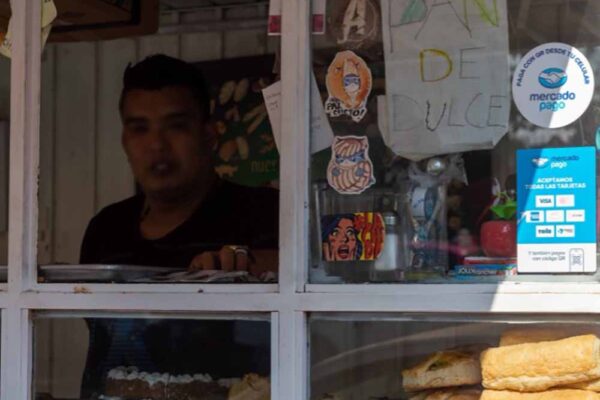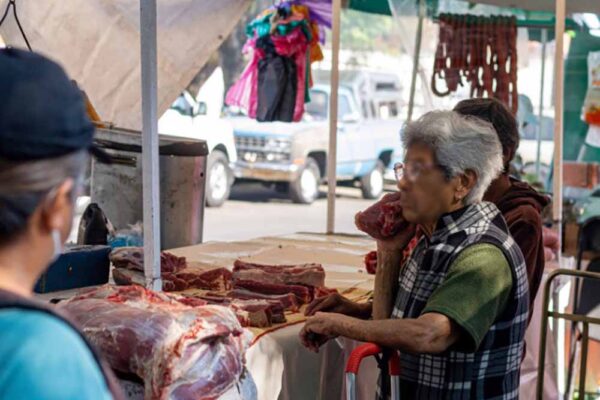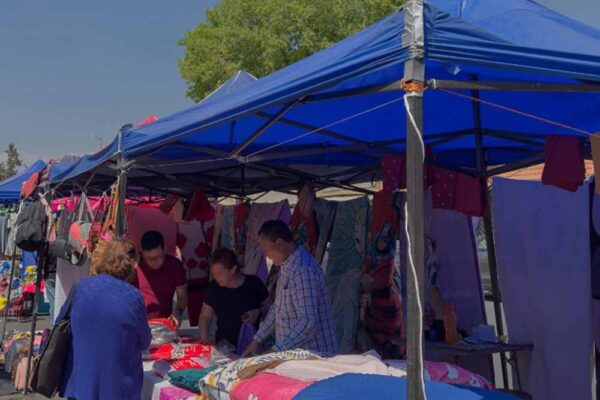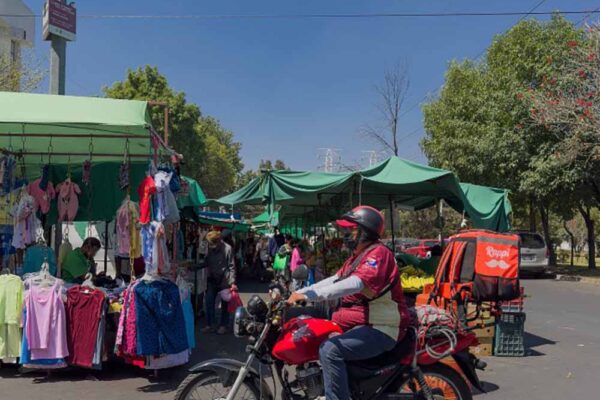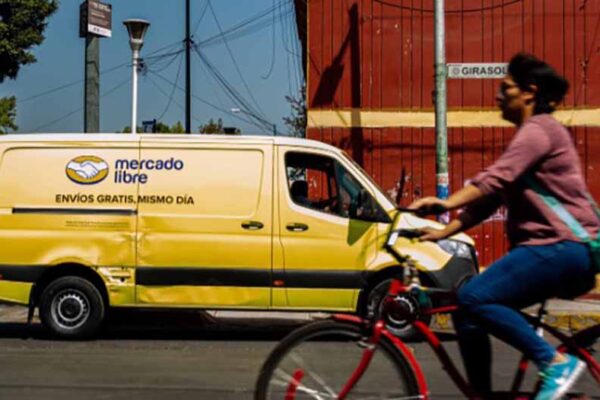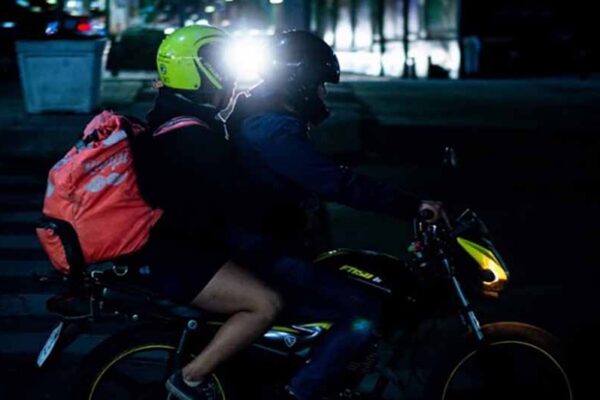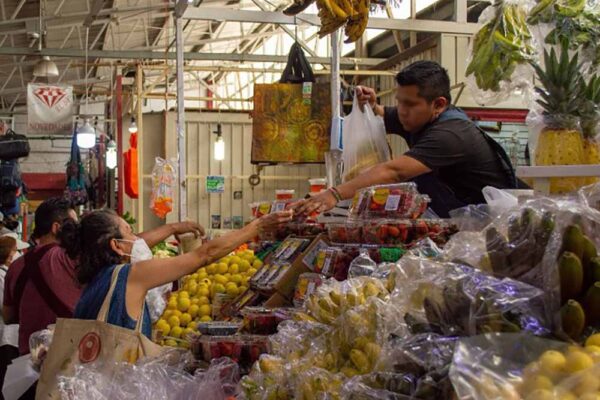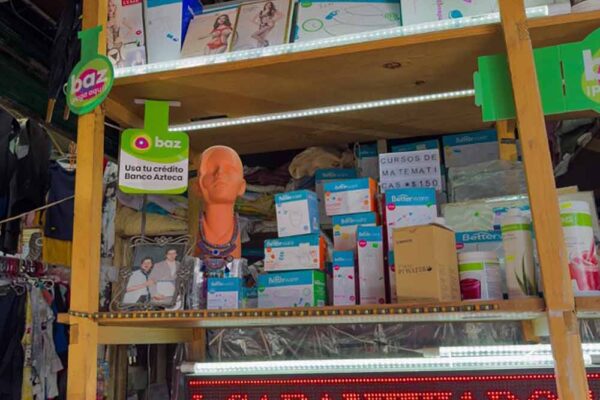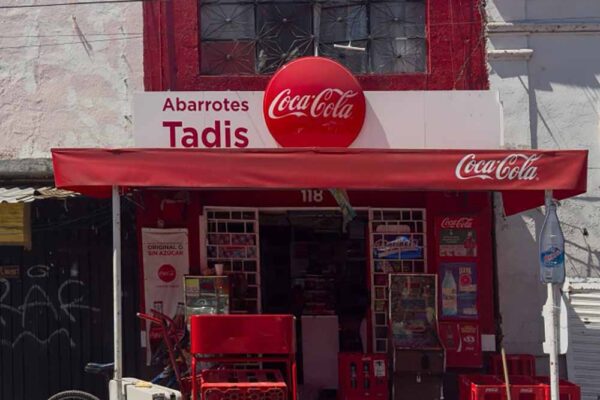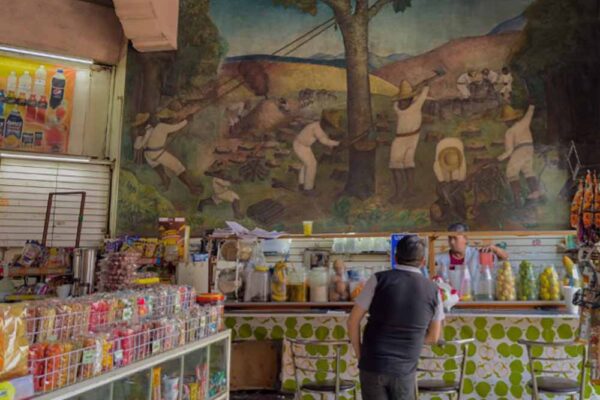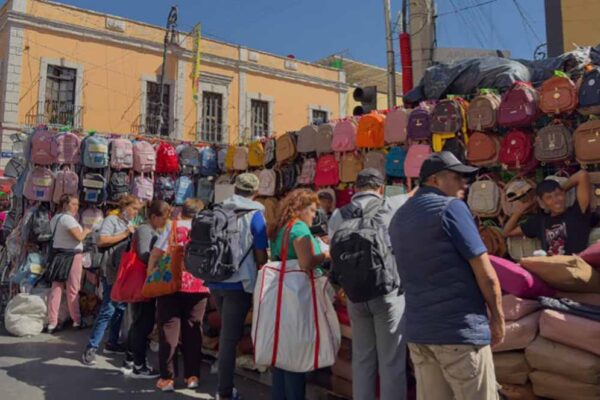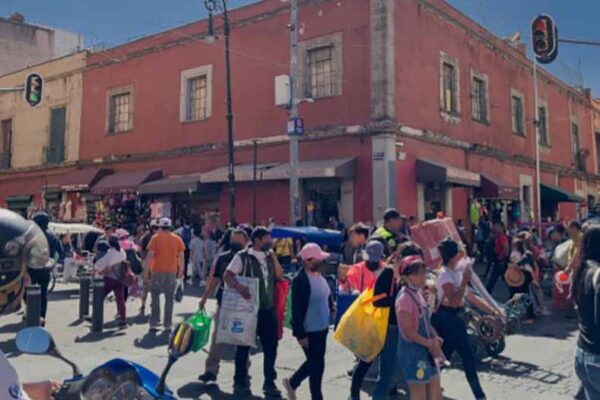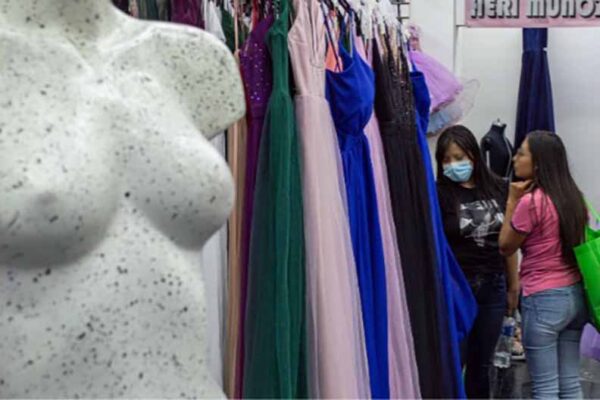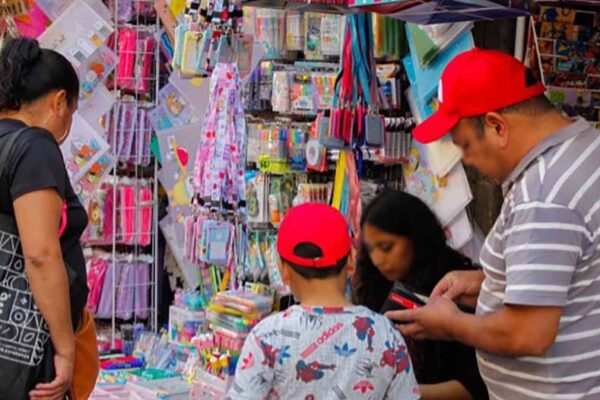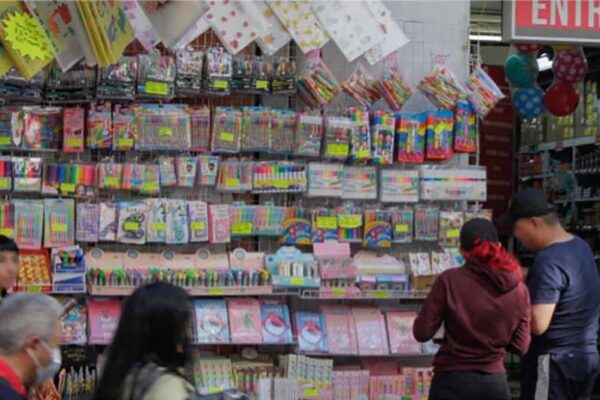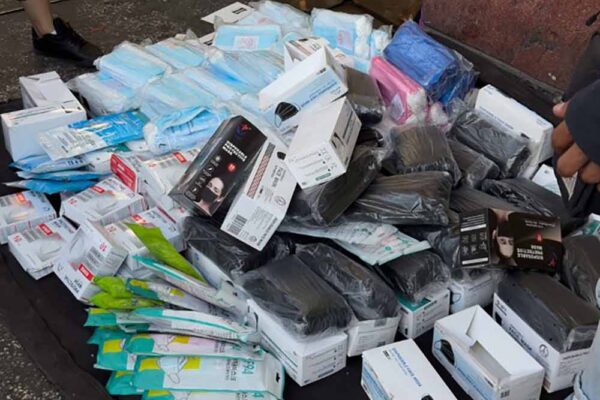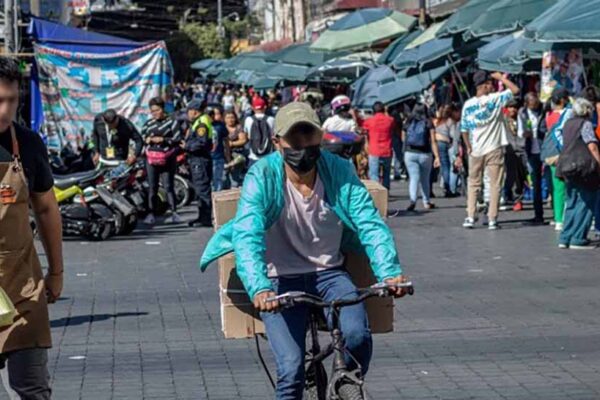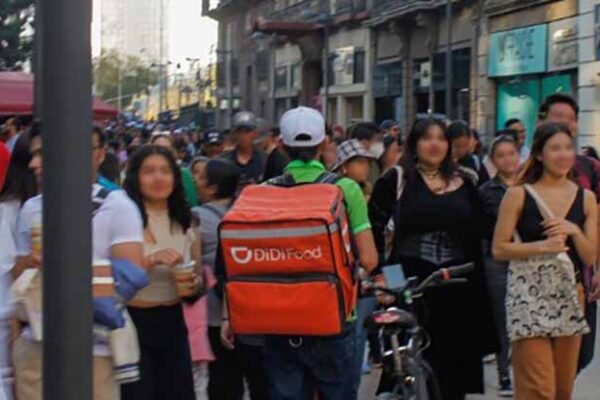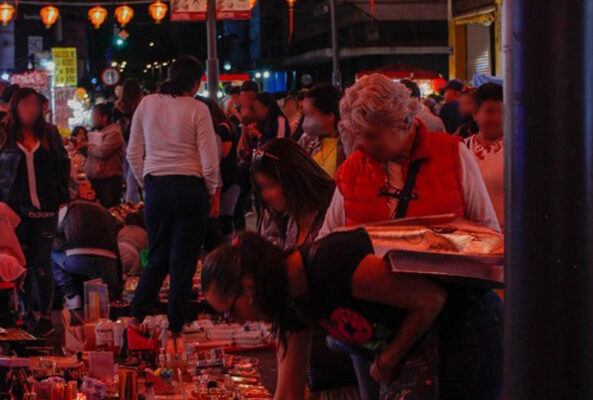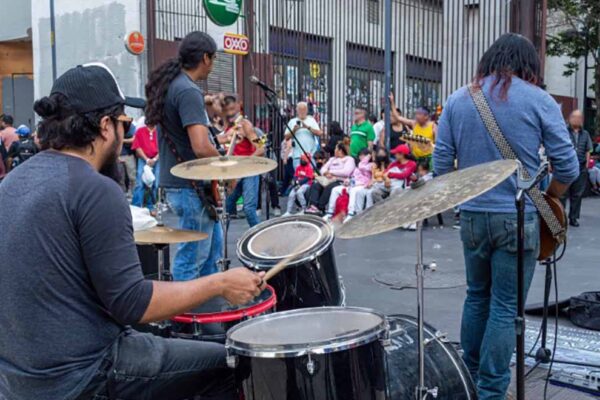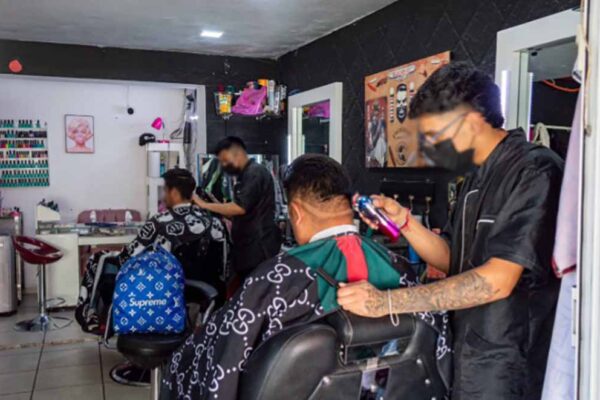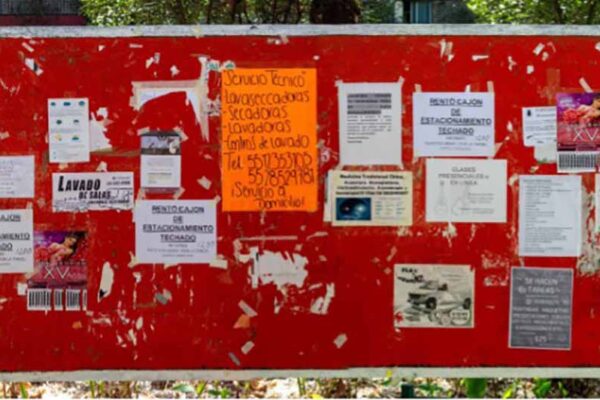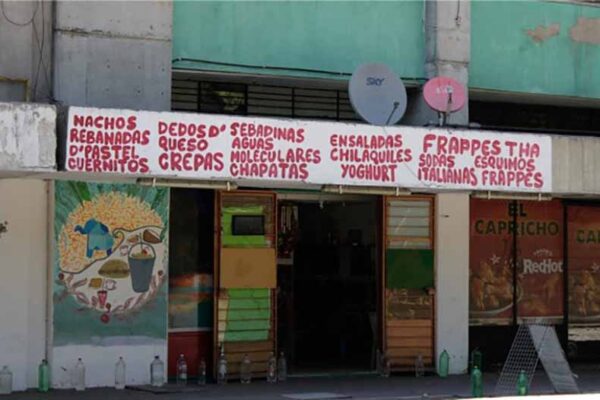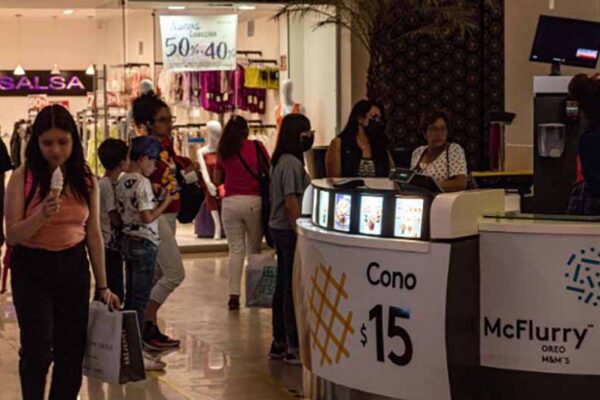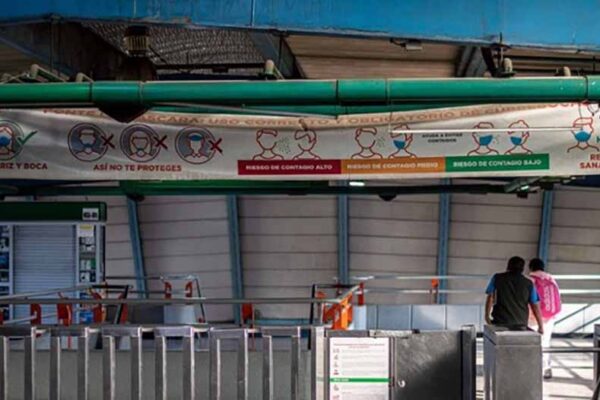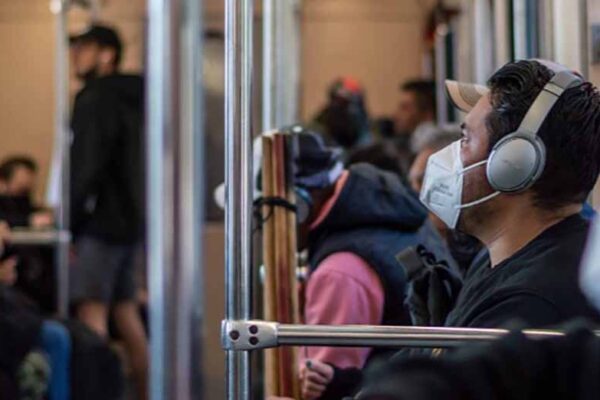In these 30 photographs, the most significant consumption practices of the interviewees from Mexico City are presented*. The visual material portrays scenes of everyday consumption such as fresh food purchased in local markets, flea markets or supermarkets, goods related to technology devices and services such as cell phones, computers, internet access and online shopping services, medical care, housing improvements and different forms of urban mobility based on the use of private cars, bicycles and public transport services. That is to say, the elements that allow us to survive and choose how to travel and transform life in the largest city in the country are represented. The diversity of the sample was a fundamental part of the methodological design of the research, which allowed us to have a broad overview of the social organisation of this specific group.
Likewise, the photographs presented here emphasise the planning, consumption and daily survival strategies that have been developed to solve the needs that the social confinement caused by the COVID-19 pandemic starting in March 2020 has brought with it. It is at this point where we allow ourselves to develop reflections on the changes in social dynamics, since a good part of those interviewed have transferred the strategies implemented during social distancing to a new scenario that we could call the post-pandemic city, which has allowed them to devise new ways of acting, spending and living together, with caution and prevention. Such an issue meant an important lesson in the lives of consumers, since experiencing a phenomenon of such magnitude called into question their ways of understanding and living their lives, which led them to rethink their priorities and modify their consumption habits.


